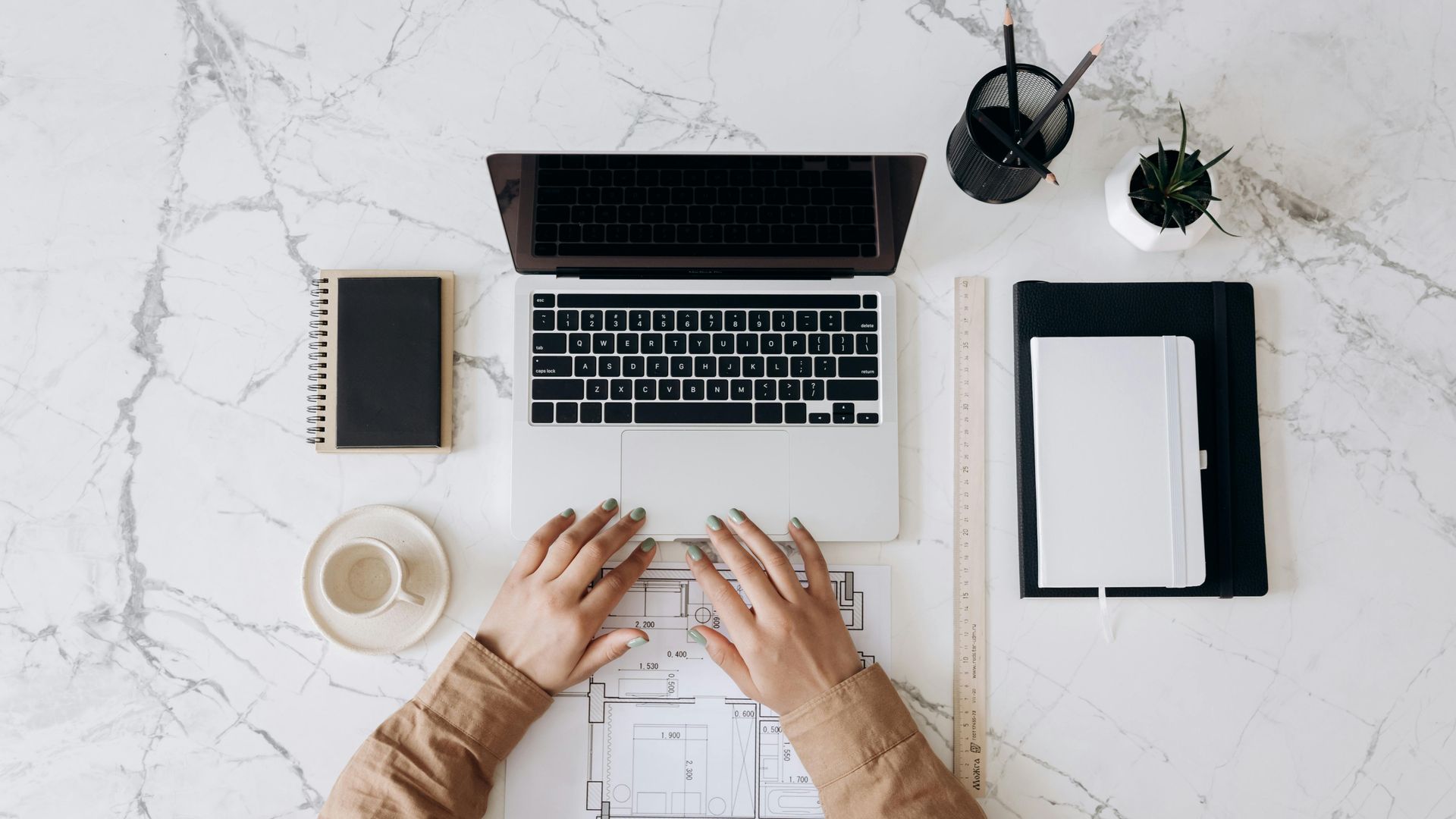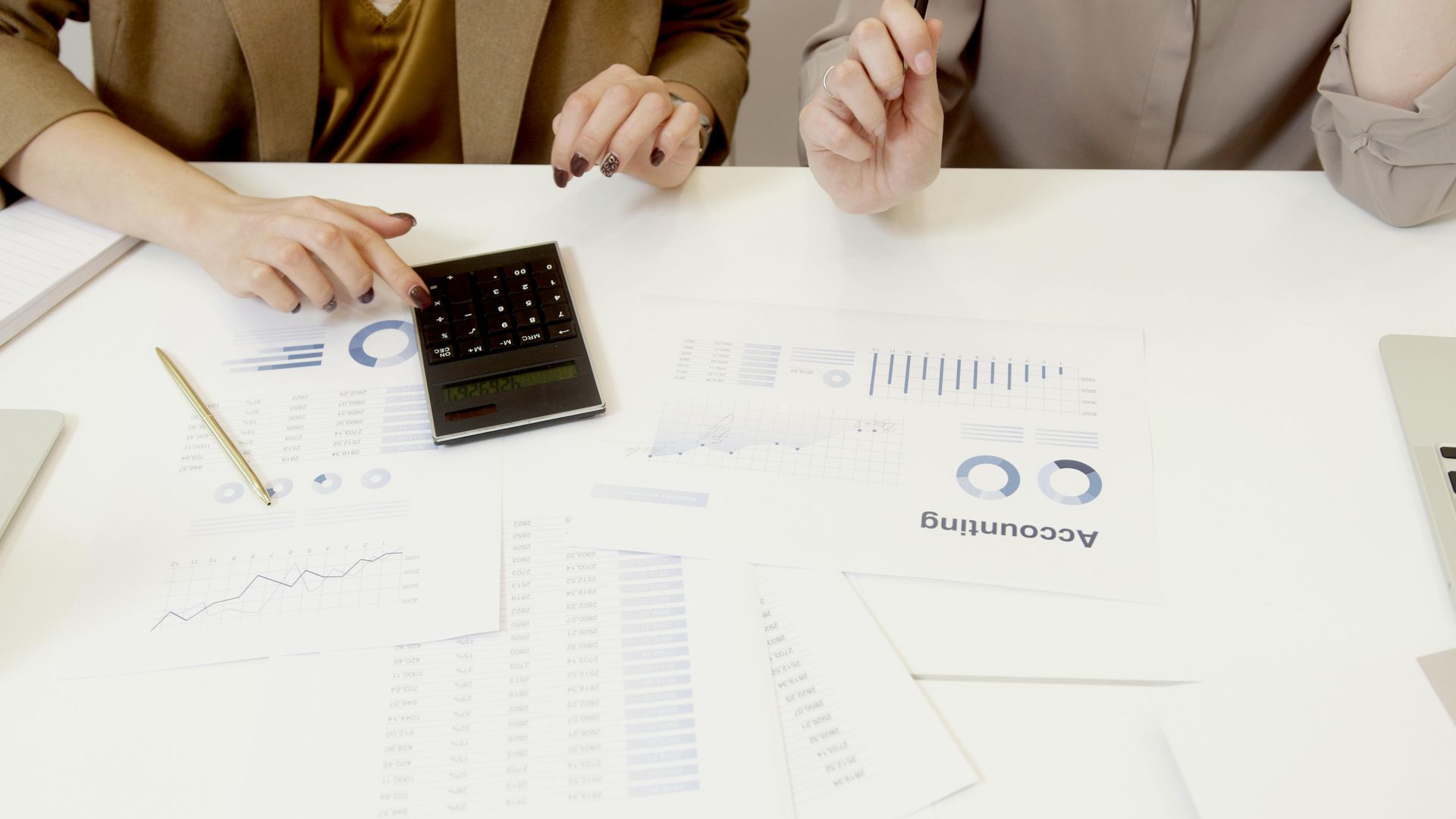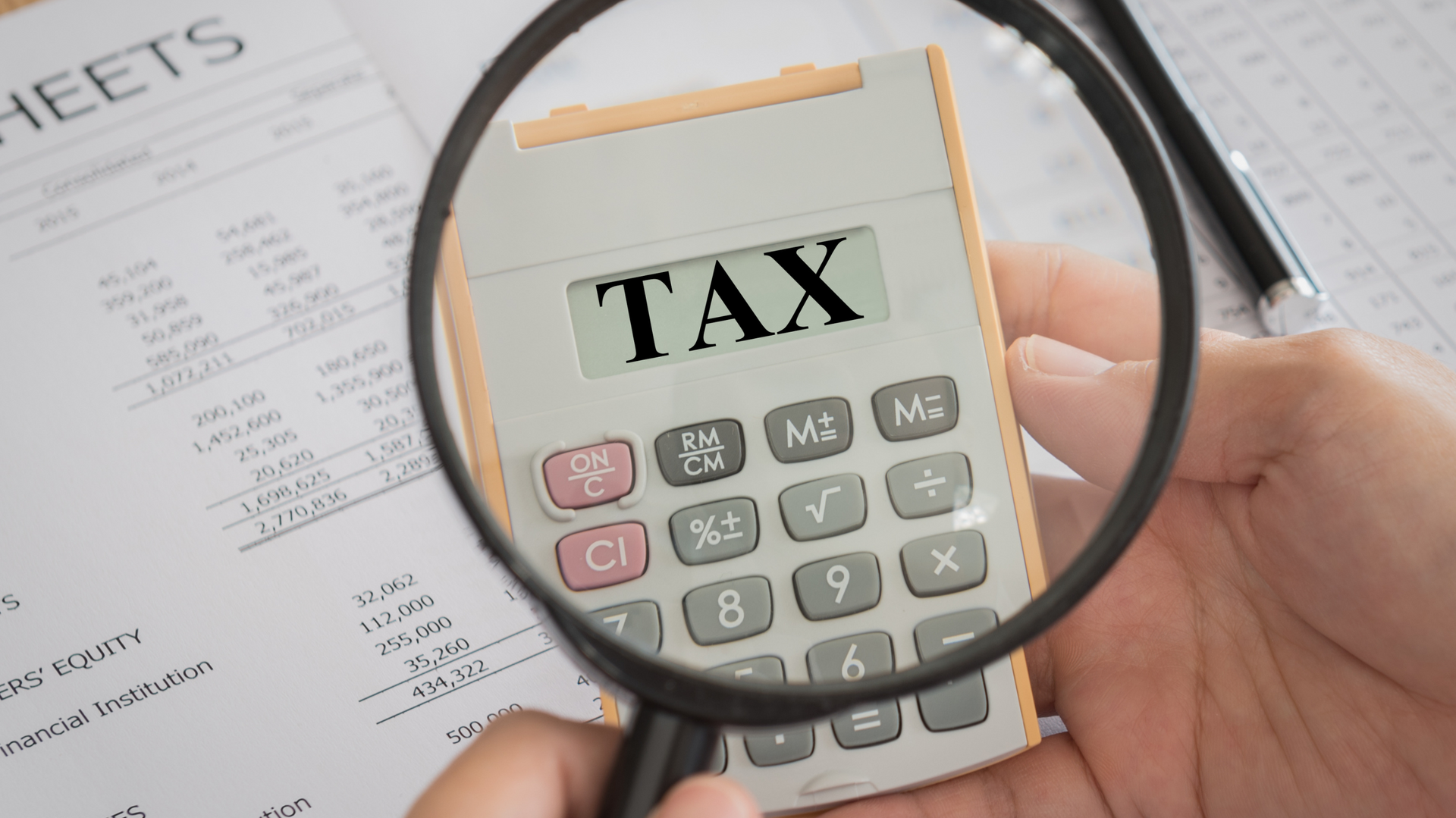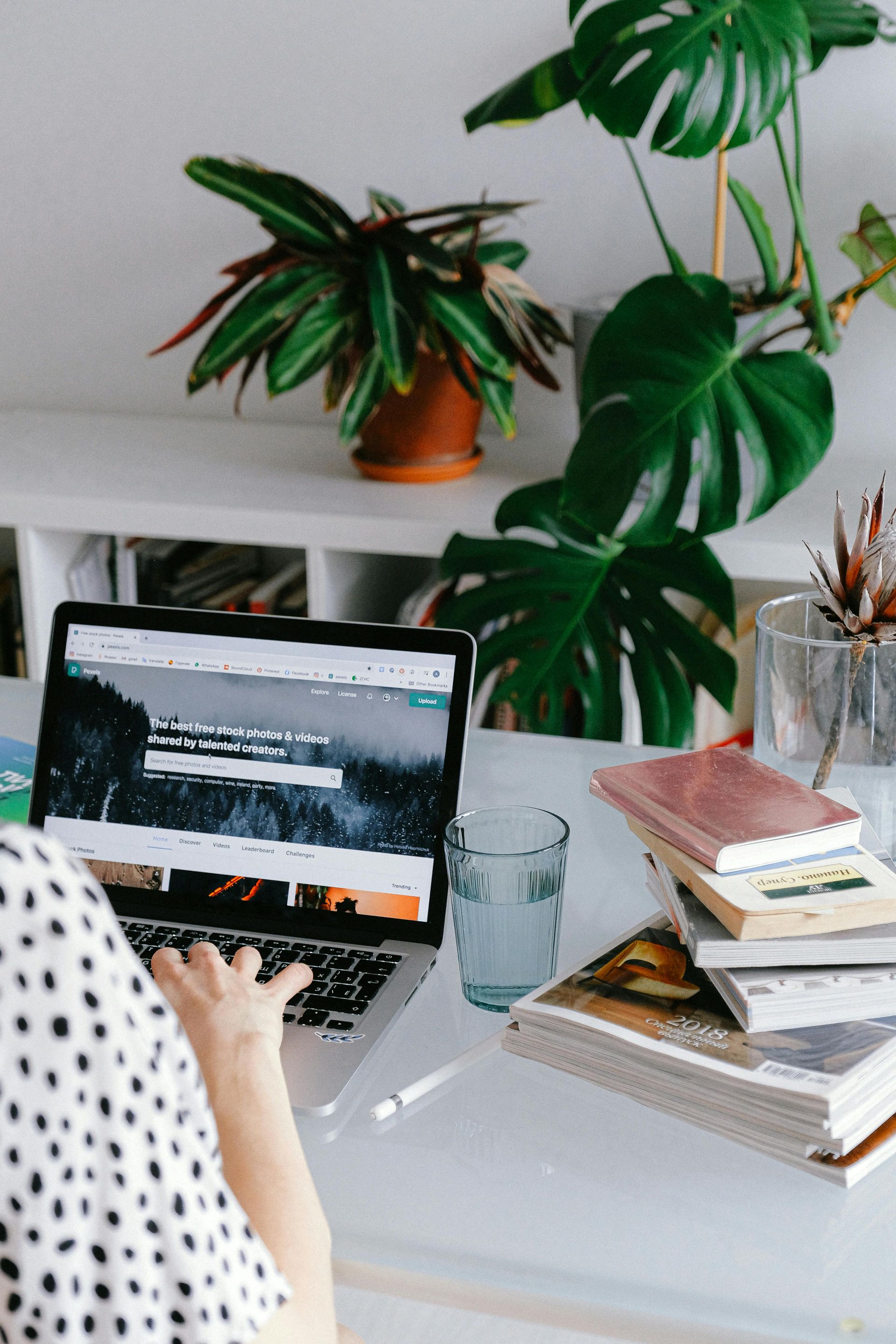What is Average Daily Rate (ADR) in Airbnb? + Tips to Increase Your ADR
What is Average Daily Rate (ADR) in Airbnb? + Tips to Increase Your ADR

Introduction
If you're in the short-term rental game, knowing your numbers isn't optional—it's survival. One of the most critical metrics in your Airbnb business toolkit? The Average Daily Rate (ADR). This simple yet powerful figure can be the difference between a thriving side hustle and a money pit dressed like a vacation rental.
Whether you're a first-time host trying to beat the algorithm or a seasoned investor with multiple listings, optimizing your ADR is the not-so-secret weapon for scaling revenue. Why? Because ADR doesn't just influence your income—it shapes your pricing power, your competitiveness, and your ability to play smart in a rapidly evolving market. Alongside occupancy rate and even broader metrics like RevPAR, ADR gives you the clarity to make smarter, more profitable decisions.
In this guide, we’ll unpack exactly what ADR means, how to calculate it, and—most importantly—how to increase it without sabotaging your occupancy. We’ll even toss in some juicy data and practical tools to help you take your Airbnb revenue strategy to the next level.

What is Airbnb Average Daily Rate (ADR)?
At its core, the Average Daily Rate (ADR) is the average amount you charge per night for your Airbnb rental. Think of it as your nightly revenue baseline. It's not just about what you list your property for—it's what you actually earn after bookings, discounts, and reality have their say.
ADR Formula:

So if you earned $3,000 over 20 booked nights, your ADR is $150. Simple math, big implications.
Why care? Because ADR gives you clarity. It cuts through the noise of fluctuating bookings and shows how profitable each night is. It helps you identify underperformance, pricing gaps, and revenue potential at a glance—making it one of the most actionable KPIs in the biz.

Why ADR Matters for Airbnb Hosts
Tracking your ADR isn’t just about vanity metrics. It’s a pulse check on your pricing strategy, a guide for future projections, and a mirror showing how well your listing stacks up against local competition.
With tools like Airbtics or AirDNA's Airbnb calculator, you can benchmark your listing’s performance in real-time. Smart hosts use this data to make precision adjustments—not just guesses.
Here’s what knowing your ADR empowers you to do:
- Fine-tune pricing to match seasonality, local demand, and travel trends.
- Drive more revenue without relying purely on higher occupancy.
- Position your listing competitively with data-informed decisions instead of gut feelings.
Bottom line: A dialed-in ADR strategy means fewer vacant nights and higher income per booking. It’s the kind of thing future-you will thank present-you for.
ADR vs Occupancy Rate: The Balancing Act
While ADR tells you how much you earn per night, occupancy rate tells you how often you're booked. These two metrics work in tandem—and sometimes against each other.
For example, if you jack up your ADR too high, bookings can drop like flies. But if your ADR is too low, you might be leaving money on the table even with a fully booked calendar.
Revenue Formula:

Smart hosts play the balancing act:
- Run scenarios using the Airbnb calculator to forecast income at different ADR/occupancy combos.
- Adjust pricing to find the sweet spot that maximizes total revenue—not just nightly rates or booking count.
- Leverage dynamic pricing tools that do the heavy lifting by syncing to market trends in real-time.
The goal isn’t to max out one number—it’s to align both in a way that makes your business bulletproof.
👉 Pro Tip:
Consider tracking RevPAR (Revenue per Available Room), a hotel-industry metric that's gaining traction with serious Airbnb hosts. RevPAR combines your ADR and occupancy rate into a single figure, giving you a more complete picture of how well your property is performing overall. The formula is:
By monitoring RevPAR, you’ll better understand whether changes to your pricing or booking strategy are actually boosting your total revenue—not just shifting one metric at the expense of another.
Market Data: Airbnb ADR by Property Type
Want a benchmark to see where you stand? Here’s a quick snapshot of average ADRs by property type from major Airbnb markets:
| Property Type | Average Daily Rate ($) |
|---|---|
| Studio Apartment | $120 |
| 1-Bedroom Condo | $150 |
| 2-Bedroom Condo | $200 |
| Luxury Villa (Pool) | $450 |
(Source: Airbtics Global Market Report)
Take these as directional benchmarks. Actual rates vary wildly depending on location, guest demand, and property quality. But knowing these figures can help you price strategically—especially if your ADR is lagging behind for your category.

Factors That Affect Your ADR
If your ADR is lower than you'd like, don’t panic. It might just be time to audit the factors that influence it the most.
These elements either increase perceived value—or deflate it.
Here’s what impacts your ADR in a big way:
- Location, location, location: Urban centers, beach towns, and tourist hubs tend to have premium rates baked in.
- Property condition: Renovated interiors, spotless cleanliness, and modern touches allow you to charge more confidently.
- Amenities: Think beyond the basics—pool access, high-speed Wi-Fi, a killer espresso machine, or a Peloton bike can all justify higher pricing.
- Guest Reviews: Good ratings = social proof = permission to charge more. It's that simple.
- Seasonality & Events: Local festivals, holidays, or school breaks can give you an excuse to increase your ADR by 20-50%—if you're paying attention.
To truly elevate your ADR, think like a hotelier, not just a host.

How to Increase Your ADR Without Hurting Occupancy
Yes, you can raise your ADR and still stay booked. It’s all about perceived value and smart positioning. Here’s how to do it without scaring off your guests:
1. Optimize Your Listing
- Hire a pro photographer—your iPhone pics aren’t doing it justice.
- Write descriptions that sell the experience, not just the square footage.
- Use bullet points to highlight premium features. People skim—make it easy.
2. Use Dynamic Pricing Tools
- Platforms like Airbtics or Pricelabs track demand fluctuations and competitor rates so you don’t have to.
- Adjust your nightly rate in real time based on trends, seasonality, and even special events in your area.
3. Improve Guest Experience
- Invest in small upgrades with big impacts (think: luxury bedding, blackout curtains, welcome snacks).
- Automated check-in, fast responses, and cleanliness go a long way toward 5-star reviews—which then support higher ADRs organically.
4. Analyze Market Data
- Use comp sets to compare your listing’s ADR to similar properties nearby.
- If you’re underpricing, raise it gradually while monitoring occupancy.
- If overpricing, consider repositioning with better amenities or listing tweaks.
Airbnb Pricing Tools & Data Insights
If you're serious about increasing ADR, data is your best friend. These tools take the guesswork out of the equation and give you real leverage in a crowded market:
- Airbtics: Provides market trends, seasonal fluctuations, and comp pricing for your region.
- Airbnb Calculator: Helps forecast potential income based on different ADR and occupancy scenarios.
- PriceLabs / Beyond Pricing: Dynamic tools that automate rate adjustments daily based on demand indicators.
Use these insights to:
- Benchmark against top-performing listings.
- Understand what travelers are actually paying in your area.
- Make data-driven decisions that scale revenue, not just bookings.
Conclusion
Mastering your Airbnb ADR is a game-changer if you want to move beyond just “hosting” and start operating like a true short-term rental entrepreneur. Your ADR isn't just a number—it's a strategic lever that impacts profitability, guest quality, and long-term viability.
By understanding how ADR interacts with occupancy and knowing which levers to pull (pricing tools, guest experience, listing optimization), you’re setting your business up for growth—especially in competitive markets.
No matter where you're starting from, small tweaks today can lead to major revenue wins tomorrow. This isn’t just about squeezing out extra dollars—it’s about building a smart, scalable short-term rental business.
Want More STR Growth Tips?
Here at The STR Report, we break down complex data and trends into actionable advice for short-term rental hosts, operators, and investors. Whether you're trying to optimize your first listing or scale a portfolio, we've got your back.
Subscribe to our newsletter for weekly insights, data breakdowns, and real-world strategies that help you earn more—without working more.
Let’s build better STR businesses, together.
Share to social media
More posts





